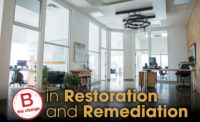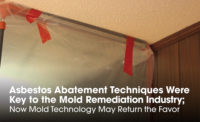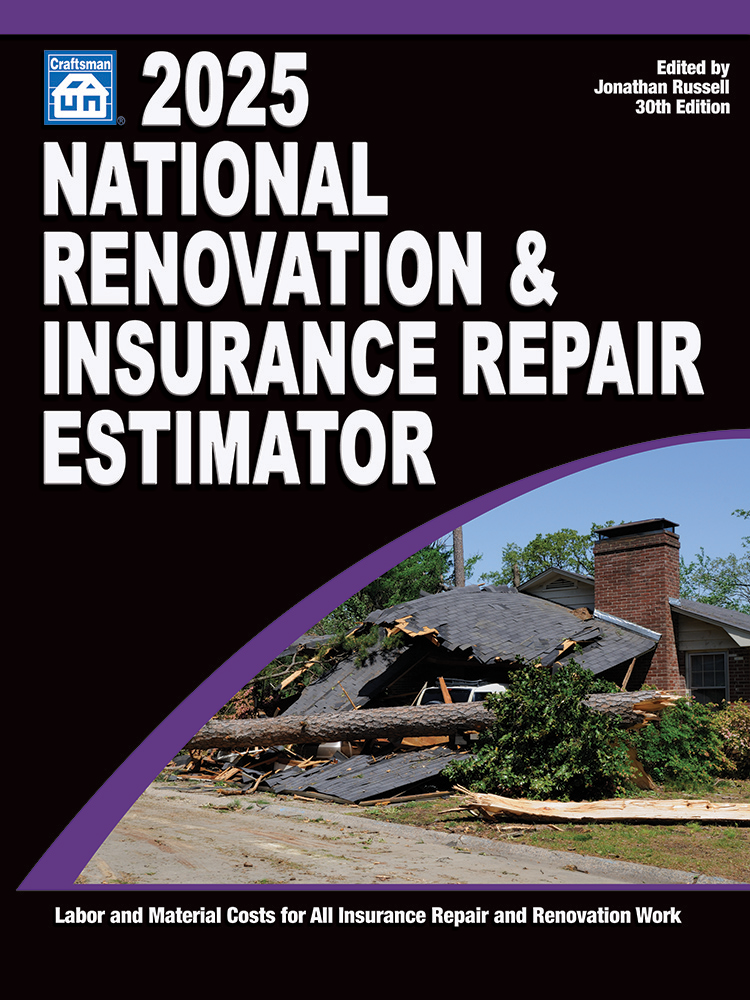Asbestos Issues in the Restoration Industry




Asbestos is nicknamed the miracle fiber because of its indestructability. Asbestos minerals have been used in building materials for fire-proofing and strengthening for close to 100 years and can still be found today in both old and new buildings. As a restoration contractor responding to water damage and fire damage, we have to be aware that asbestos can be present in the materials that are being disturbed.
Asbestos is a very serious issue because of the potential health issues and liability issues. If you are not a licensed asbestos contractor and you disturb and/or remove asbestos, you can have some serious consequences to deal with. Just like lead-based paint and mold, if you disturb them you can cross-contaminate a building and expose people. Asbestos is more alarming because of the many regulations tied to it.
As a rule of thumb, buildings built before 1981 may contain asbestos, e.g. plaster, pipe insulation, boiler insulation or floor tile. That rule is not necessarily a hard-fact rule because traces of asbestos can be found in newer materials such as in joint compounds, caulking, tars and mastics, just to name a few.
The Restoration Industry Association, (RIA) has an Environmental Council that provides information educational materials and resources for the membership and the restoration industry. One of the most recent releases was a fact sheet titled: Asbestos – Guidance for the Restoration Industry.
The asbestos fact sheet was intended to make restoration contractors think about the potential risks, liabilities and responsibilities they have when performing emergency response, demolition and repair. The document is a quick summary of the background and health effects and summary of the regulations associated with asbestos.
The regulatory agencies involved with asbestos include the USEPA, OSHA, DOT, and local state and city authorities. The U.S. Environmental Protection Agency (EPA) regulates the asbestos in schools with the AHERA laws and the NESHA laws under clean air act. The Occupational Safety and Health Association (OSHA) regulates employer responsibilities for training and protecting employees. Under OSHA, employers are responsible for training workers for different work classifications who might accidentally disturb or intentionally remove asbestos in general industry and the construction industry.
Restoration contractors need to comply with the federal and local laws to avoid or prevent a suit, fine or jail time. The fundamental mechanism is education: learn more about what is required, be proactive and have materials tested before demolition, and follow the rules when it comes to disturbance, removal, employee exposure, transportation and disposal.
We have read articles about contractors disturbing or intentionally removing asbestos and being fined and jailed for unlawful practices. This is true. A company can receive violations for removal, employee exposure, transportation and disposal of asbestos, all in one shot. The fines can be compounded to hundreds of thousands of dollars. To stay out of trouble, restoration contractors need to be familiar with all of the federal regulations and local regulations. (Note that there may be some variations to the local state and city laws which apply to some and not others.)
Read the RIA documents, download them and share them. They are a quick read and will make you think about what to do in the future. Two versions (a short, five-page document and a long, 12-page one) of the Asbestos Fact Sheet are available at the RIA Store and they are free to download. They are available at www.restorationindustry.org
Looking for a reprint of this article?
From high-res PDFs to custom plaques, order your copy today!










